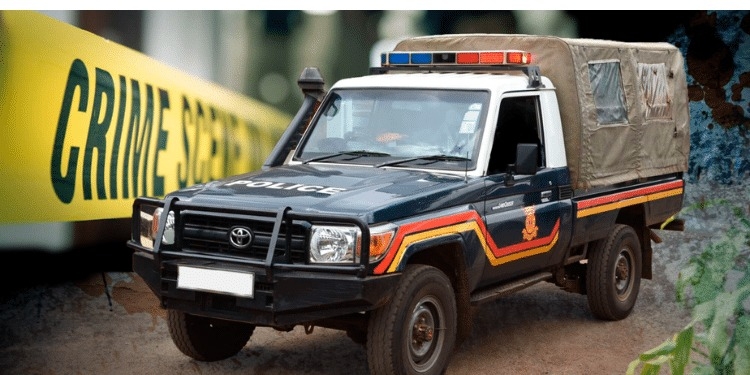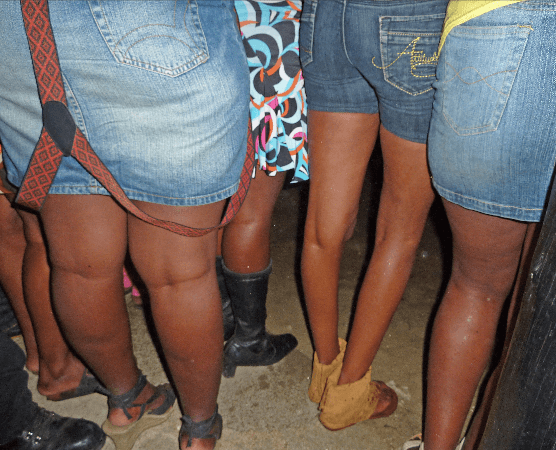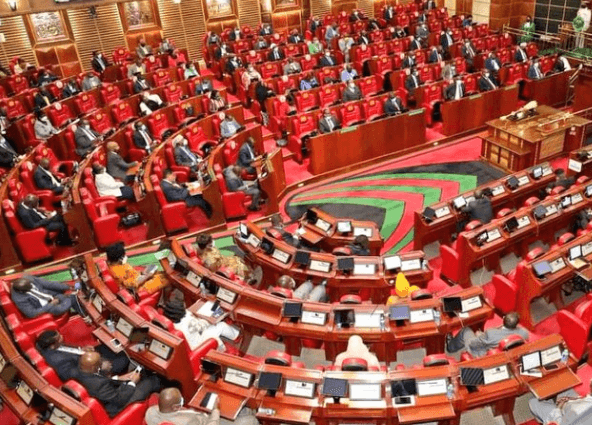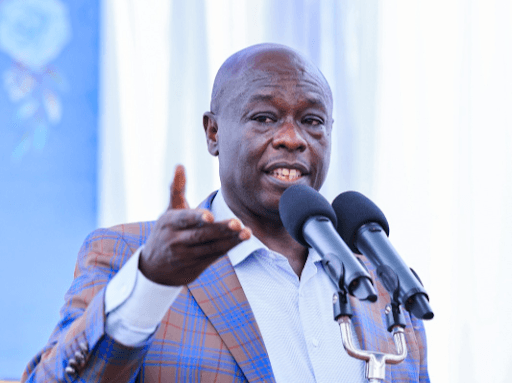
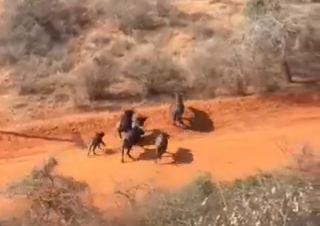
The Kenya Wildlife Service on Monday successfully intercepted eight buffaloes which had wandered out of Tsavo East National Park.
The Service said the eight Buffaloes were going dangerously close to Iviani Primary School.
According to them, their unexpected presence posed a threat
to the safety of school children and the surrounding community.
“In a swift, coordinated response, the KWS team with aerial
support from Sheldrick Wildlife Trust carefully guided all eight buffaloes
through heavily populated areas, approximately two kilometers away from the
school and community, and safely returned them to the park they call home,” KWS
said in a statement.
The Service thanked the teams for their prompt intervention, saying the children and residents of Iviani were kept safe while the buffaloes returned unharmed to the park.
“This successful operation stands as a testament to the power of partnerships and shared dedication in fostering peaceful coexistence. We remain committed to protecting both people and wildlife,” they added.
This is even as communities living near national parks, reserves and wildlife sanctuaries are set to benefit from a major policy shift under the KWS proposed conservation fee review.
The new Wildlife Conservation and Management (Access and Conservation Fees) Regulations, 2025, aim to overhaul outdated park entry rates and redirect more resources toward conservation and local development.
It is the first comprehensive review since 2007.
“This is not merely a price adjustment. It’s a strategic investment in the survival of Kenya’s biodiversity and the prosperity of communities who live alongside wildlife,” KWS Director General Erustus Kanga said.
The review comes at a time when the cost of protecting Kenya’s wildlife has soared.
KWS cites increasing pressure from security operations, habitat management demands and climate-related threats.
Meanwhile, public funding for conservation continues to shrink, with Treasury allocations falling short of needs.
“The demands of modern conservation have far outstripped available resources,” Kanga said.
According to KWS, the current rates have not kept pace with rising costs, creating an estimated Sh12 billion annual funding gap.
The proposed structure introduces a 30–70 per cent fee increase, depending on park category and visitor type. It aims to balance value and affordability.
Kenyan citizens and East African residents will continue to pay lower fees, while a new ‘Rest of Africa’ category targets regional tourists.
The regulations also propose free entry for senior citizens aged 70 and above and persons with disabilities.
Annual passes and discounted conference packages are being introduced, as well as changes to the children’s rate, adjusting the age bracket from 3–17 to 5–17 years.
Global standards recommend periodic fee reviews to ensure financial sustainability, a goal aligned with the KWS Strategic Plan 2024–2028.






